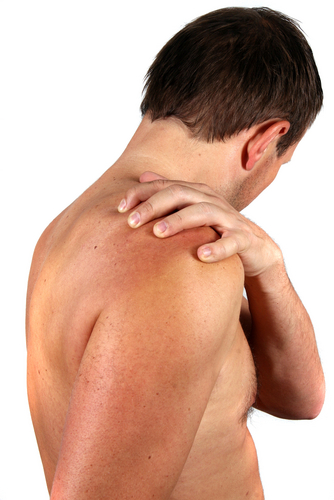Shoulder Injection
Shoulder injections can be broadly defined as three types of injections.
The first is a shoulder intra-articular injection, this is an ultrasound-guided procedure that is typically done from the back of the shoulder, making it a safe and painless way to deliver steroid into the shoulder joint. This type of injection is useful for treating a frozen shoulder, as well as stiff and painful shoulders caused by shoulder joint (glenohumeral joint) osteoarthritis. Patients can visit frozenshoulderexpert.co.uk for more information regarding evidence-based treatments for a frozen shoulder.
The second type of shoulder injection is known as a sub-acromial shoulder injection, which is done in the tissues at the top of the shoulder joint (the sub-acromial region). The needle is guided either within the sub-acromial bursa or into an area of rotator cuff tendon defect. this injection must also be done under ultrasound guidance in order to be accurate.
Lastly, patients with shoulder pain at the acromioclavicular joint (AC joint) could benefit from an acromioclavicular joint injection conducted under ultrasound guidance. this type of injection is helpful in alleviating pain, particularly if it is due to osteoarthritis of the AC joint or other causes.

